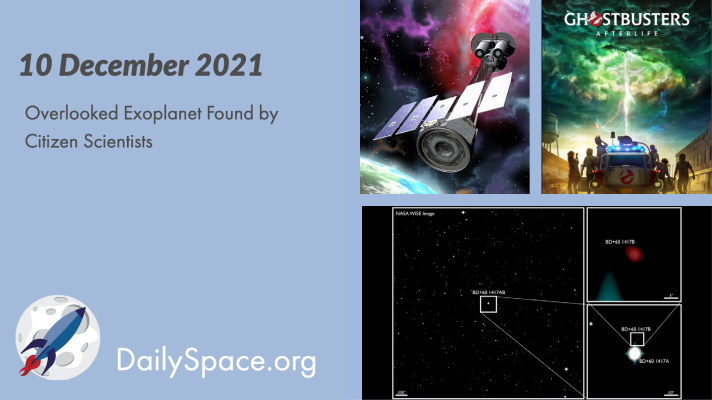
Dec 13, 2021 | Brown Dwarf, Citizen Science, Climate Change, Daily Space, Earth, Exoplanets, Milky Way, Review, Rockets, Spacecraft, SpaceX, Supermassive Black Holes
Using data provided by the Backyard Worlds: Planet 9 citizen science project, volunteers found a possible large planet or brown dwarf orbiting its star at a distance of more than 1,600 astronomical units. Plus, NASA launches the Imaging X-ray Polarimetry Explorer, and we review Ghostbusters: Afterlife.
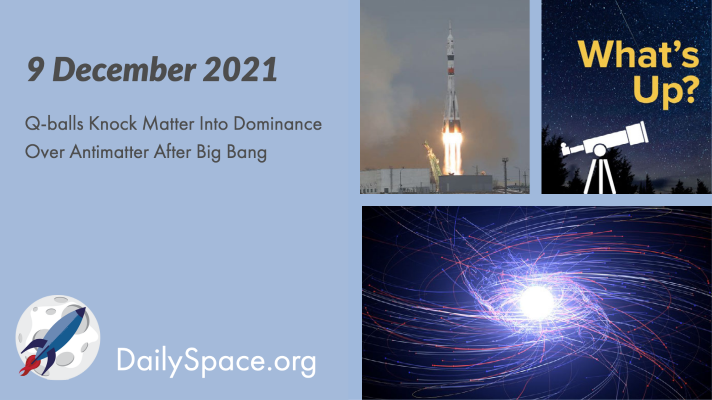
Dec 10, 2021 | Asteroids, Cosmology, Crewed Space, Daily Space, Exoplanets, Galaxies, Gemini South, Guest Interview, Rockets, ROSCOSMOS, Sky Watching, Soyuz, Spacecraft, Very Large Array
Researchers hypothesize that blobs in post-Big Bang fields of energy, known as Q-balls, could explain how matter came to dominate over antimatter in our Universe, and they plan to use gravitational waves to find their evidence. Plus, a crewed launch to the ISS features Japanese tourists, NASA selects the latest astronaut class, and What’s Up is the Geminids.

Dec 6, 2021 | Asteroids, Comets, Cosmology, Daily Space, Earth, Exoplanets, Our Solar System, Review
A Mars-sized planet was found just 31 light-years away, orbiting its star every eight hours and having 55 percent the mass of the Earth, leading scientists to conclude it’s mostly made of an iron-nickel core. Plus, water on Earth, a huge comet, and a review of a Canon lens.
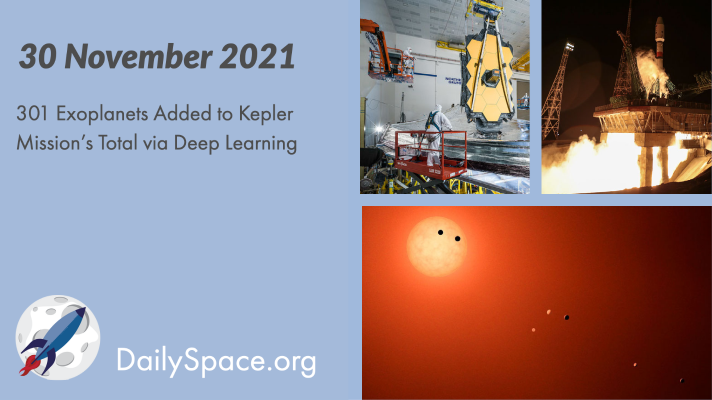
Dec 1, 2021 | Daily Space, Exoplanets, JWST, Mars, ROSCOSMOS, Soyuz, Spacecraft, Stars, Supermassive Black Holes, White Dwarfs
Using a new deep neural network called ExoMiner, scientists have added 301 exoplanets to the Kepler mission’s already enormous total of 4,569 confirmed planets. Plus, updates on Hubble and JWST, how InSight mapped Mars’ inner structure, an ultrahot Jupiter, and rockets. Yup. Rockets.
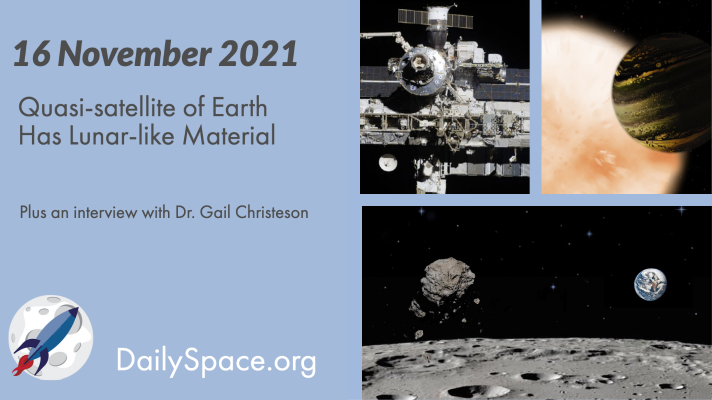
Nov 17, 2021 | Asteroids, Crewed Space, Daily Space, Earth, Exoplanets, Our Solar System, Planets, Space Policy, Spacecraft
After five years of observations, researchers have found that the quasi-satellite Kamo’oalewa, which currently orbits the Earth, is similar to a lunar sample collected during the Apollo 14 mission. Plus, Russia blows up a satellite, TESS finds a circumbinary planet, and we interview Dr. Gail Christeson of the University of Texas, Austin, about mapping the Chicxulub crater.
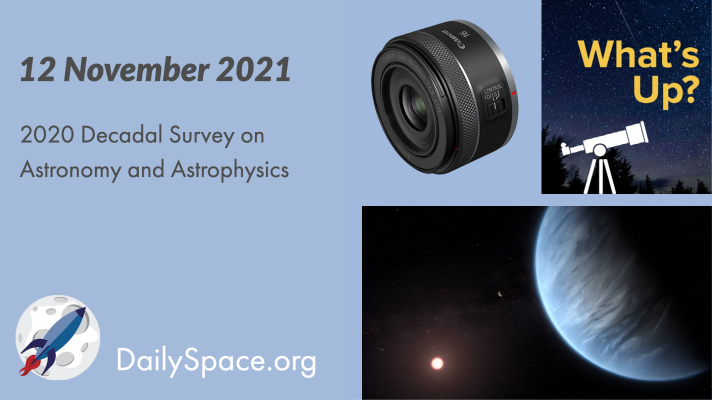
Nov 15, 2021 | Astrobiology, Daily Space, Exoplanets, Galaxies, Milky Way, Our Solar System, Science, Sky Watching, Space Policy, Spacecraft
The Decadal Survey was released earlier this month, and we take a look at some of the recommendations. Plus, this week’s What’s Up and a review of the Canon RF 16mm f/2.8 lens.








 We record most shows live, on Twitch. Follow us today to get alerts when we go live.
We record most shows live, on Twitch. Follow us today to get alerts when we go live.